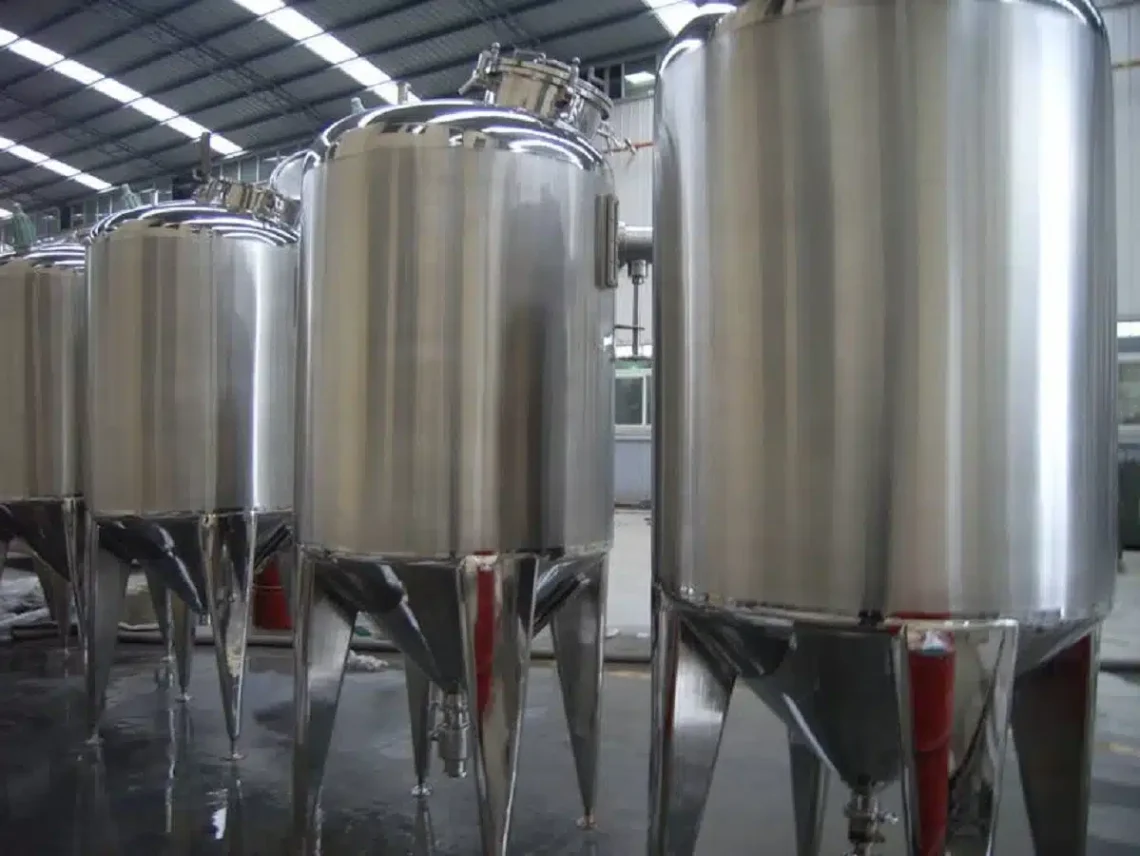
Silica gel packets are commonly found in products ranging from packaged foods to electronics. These small packets play a crucial role by absorbing moisture, thus keeping items dry and protected. However, like all desiccants, silica gel packets eventually lose their effectiveness. Understanding how long they last is key to maintaining their usefulness. In this blog, we will explore the shelf life of silica gel, the factors that influence its longevity, and tips on how to extend its life.
You may have wondered, How long do silica gel packets last? This post answers that question and offers practical advice on how to maximize their effectiveness.
Silica gel packets generally last between 6 and 12 months when stored properly. However, several factors can impact their effectiveness. For instance, exposure to air, humidity, and temperature variations can degrade the silica gel, shortening its shelf life. To understand more about the lifespan and effectiveness of desiccants, read this helpful guide.
Several factors can influence how long silica gel packets remain effective. These include:
Exposure to Humidity: Silica gel absorbs moisture from the air. If the packet is exposed to high humidity for an extended period, it will lose its ability to absorb moisture, becoming ineffective.
Storage Conditions: Proper storage is essential for prolonging the life of silica gel. Keeping the packets in a dry, airtight container prevents exposure to moisture, extending their effectiveness.
Environmental Factors: The conditions under which silica gel is used also matter. For example, high temperatures can degrade the gel faster than lower temperatures.
Learn more about how overheating impacts desiccants and how environmental conditions affect their lifespan.
To maximize the effectiveness of your silica gel packets, consider the following tips:
Store Properly: Always keep silica gel packets in a cool, dry place. Using an airtight bag or container is ideal for preventing exposure to moisture.
Reactivation: If silica gel has absorbed too much moisture, you can reactivate it. Simply place the packets in an oven set to 120°C (250°F) for 1-2 hours to dry them out.
Avoid Excessive Heat: Store your silica gel packets away from direct heat sources, as high temperatures can reduce their effectiveness.
For additional tips, read about rejuvenating desiccants and ways to keep them functional longer.
The lifespan of silica gel packets depends on several factors, such as environmental conditions and storage practices. By following the tips provided above, you can extend the life of your silica gel packets and ensure they remain effective when you need them most.
Whether you’re looking to protect your electronics or preserve stored goods, understanding the lifespan of silica gel packets is essential. If you need high-quality desiccants or expert advice on storage solutions, contact Red River for tailored recommendations.
Silica gel packets change color when they absorb too much moisture. You may also notice increased humidity or condensation around the desiccant, signaling it’s time to replace or recharge it.
Yes, silica gel packets can be reused. Once they have absorbed moisture, they can be reactivated by heating them in an oven or microwave.
You should replace silica gel packets when they no longer absorb moisture effectively. It’s a good idea to regularly check them, especially in high-humidity environments.
Store silica gel packets in airtight containers in a cool, dry environment to prolong their lifespan.
Silica gel packets are non-toxic. However, they can cause harm if ingested, so always keep them out of reach of children and pets.
Silica gel packets last between 6 and 12 months when stored properly.
Proper storage is essential for prolonging the life of silica gel packets.
You can reactivate silica gel by drying it in an oven or microwave.
Humidity and high temperatures can degrade silica gel packets more quickly.
For more tips on effective desiccant use, check out desiccant effectiveness.
In the realm of industrial solutions, Red River emerges as a pioneer, offering a diverse range of custom-engineered products and facilities. Among our specialties is the design and production of Custom/OEM Pressure Vessels, meticulously crafted to meet individual client requirements, ensuring performance under various pressure conditions. Our expertise extends to the domain of prefabrication, where Red River leads with distinction.
The company excels in creating prefabricated facilities, modules, and packages, reinforcing its stance as a forerunner in innovation and quality. This proficiency is further mirrored in their Modular Skids offering, where they provide an array of Modular Fabricated Skid Packages and Packaged equipment. Each piece is tailored to client specifications, underlining their commitment to delivering precision and excellence in every project they undertake.